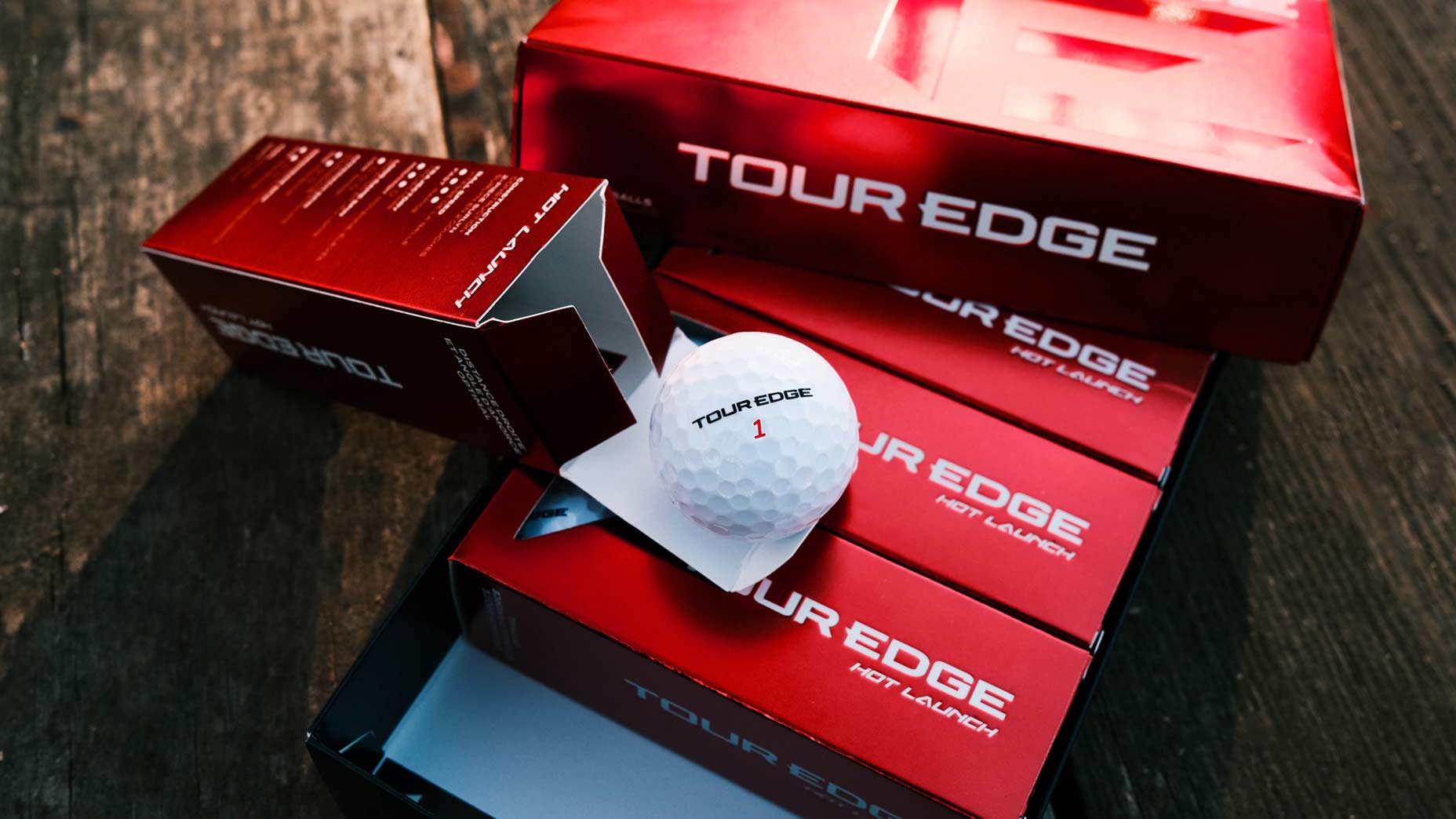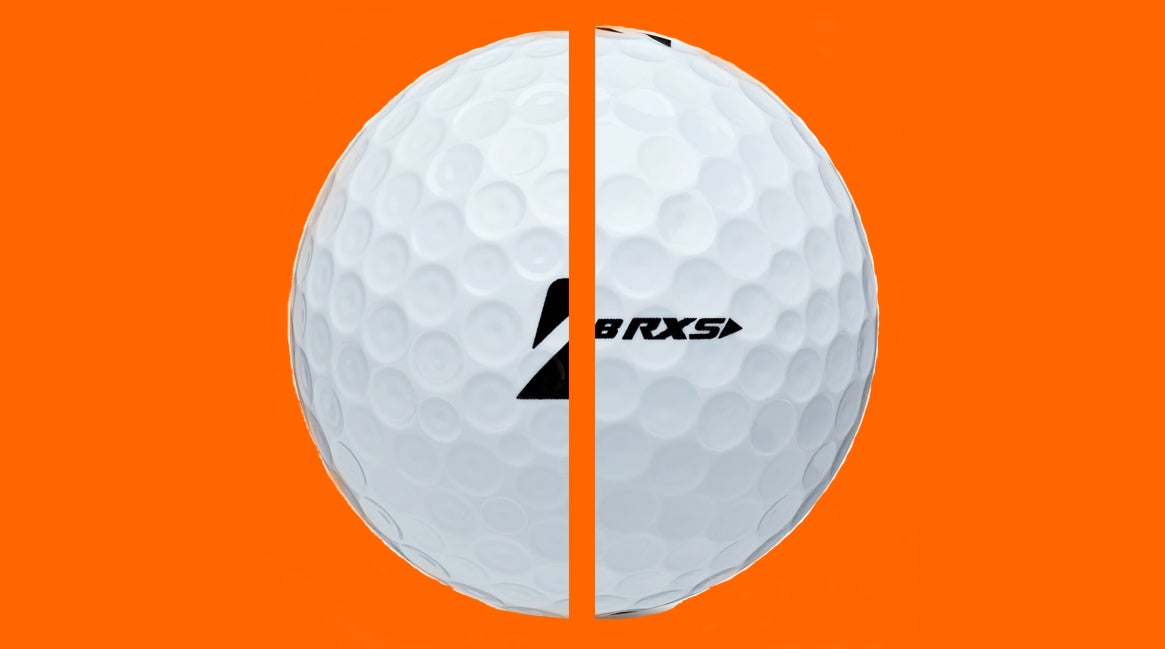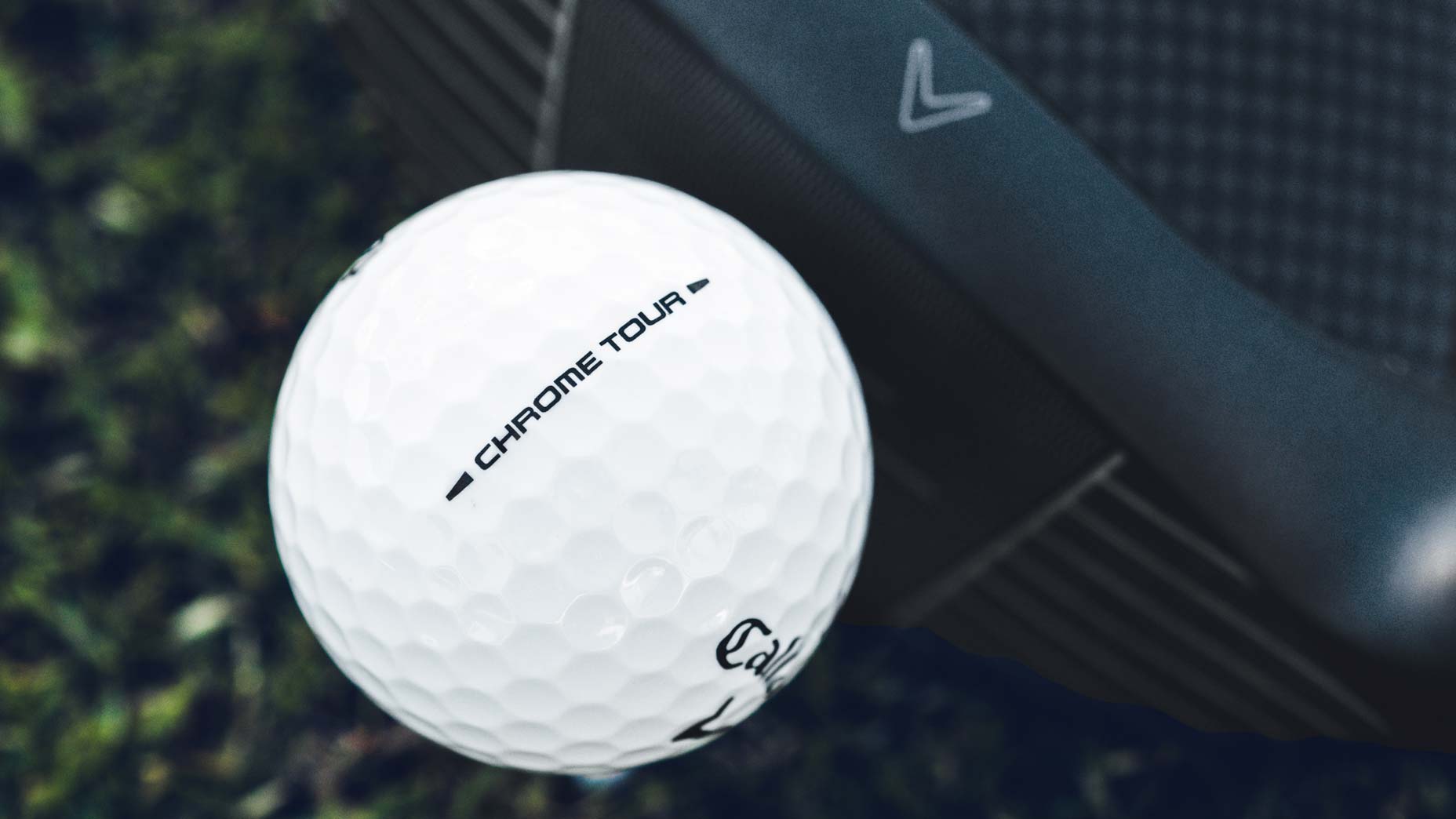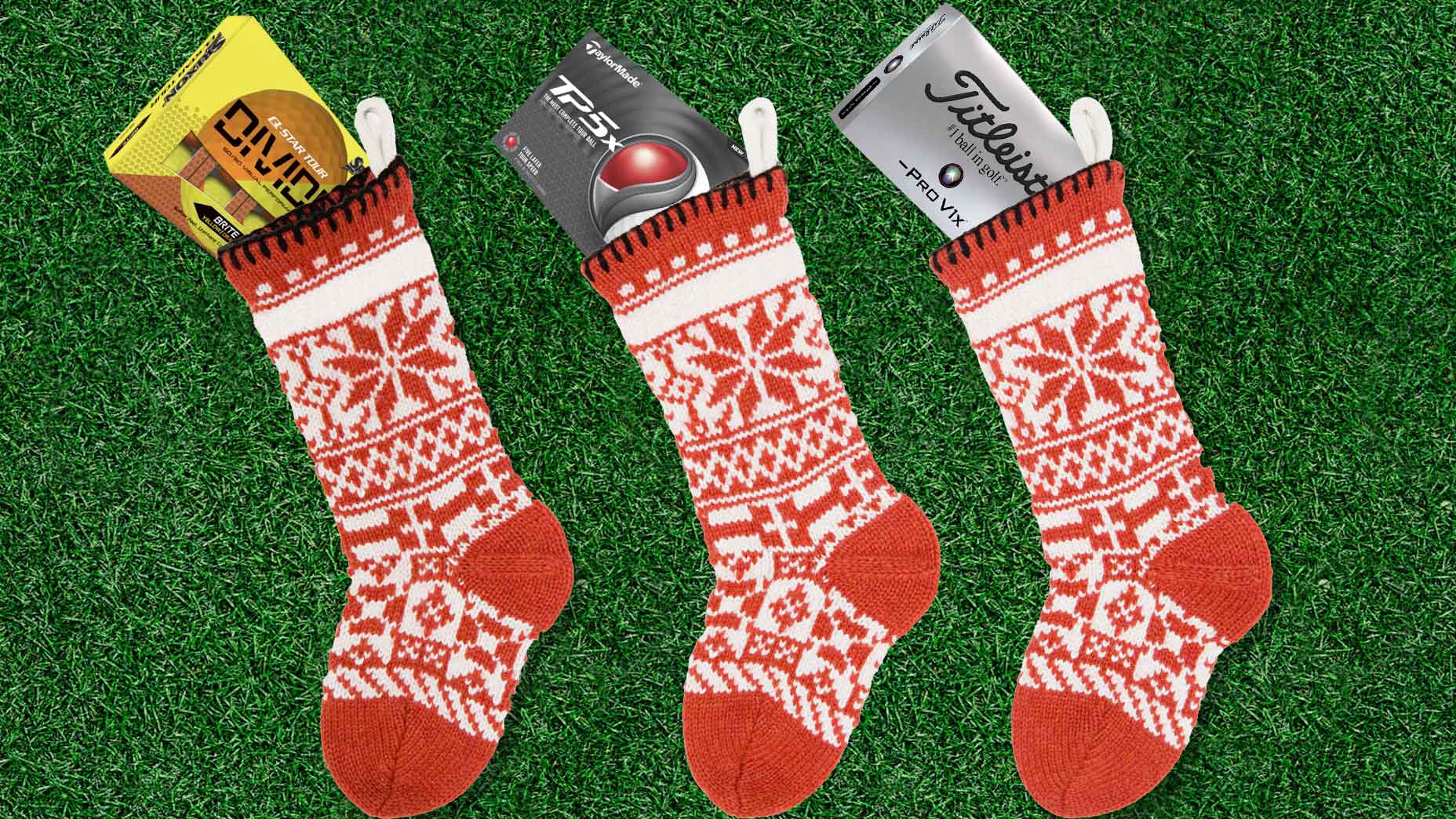 Tour Edge expands golf ball lineup with new Hot Launch golf ball
Tour Edge expands golf ball lineup with new Hot Launch golf ball
How Tiger Woods’ preferred Bridgestone golf ball differs from the Tour B RXS

There are few things that can happen in the game of golf that move the needle like Tiger Woods winning a major. His Masters victory has the Bridgestone Tour B XS model played by the 15-time major champion selling like hotcakes. In fact, according to Dan Murphy, President and CEO of Bridgestone Golf, activity on social platforms was up more than 250 percent versus last year’s Masters, including more than 200 percent on Twitter, 400 percent on Facebook and 200 percent on Instagram. In addition, the activity on Bridgestone’s website was up more than 200 percent.
Not surprisingly, Tiger’s preferred Tour B XS has quickly become Bridgestone’s top-selling Tour B model, which was once ranked third behind both the Tour B RX and RXS.
So, what’s the difference between the Tour B XS and the Tour B RXS, both of which feature almost identical construction? According to Elliot Mellow, Bridgestone’s Golf Ball Marketing Manager, it’s about the specific players for whom each model is designed.
“The XS has a 75 compression while the RXS has a 65 compression, and that difference makes the XS better suited to driver swings over 105 mph, while the RXS fits driver swings under that mark.”
The reason, according to Mellow, is compression ability; for swingers under 105 mph the RXS compresses more, making ball velocity go up and sidespin and backspin go down. The firmer XS can actually spin more and produce slower ball speeds for slower swingers, while those with more firepower will get more ball speed and distance with Tiger’s ball. However, Mellow also says that some players whose speed isn’t quite up to those on Tour can still get good results with the XS, provided they want a bit more spin off the tee.
ADVERTISEMENT
There are other minor differences between the two models, most notably in aerodynamics. The Tour B XS has a 330 dual-dimple pattern, while the RXS has a 338 dual-dimple pattern, which keeps the ball flight a bit lower. Because the RXS is lower compression, it will tend to stay on the clubface longer through impact and create a higher initial launch angle that sub-105 mph swingers need to achieve a higher trajectory and longer carry. The dual-dimple design featured on the seamless urethane cover of each model does the same thing—the larger dimples reduce drag to prevent the ball from climbing too high as it heads toward the apex of its flight, while the small dimples create more lift once the ball is airborne, to help it carry longer.
When you throw in the outstanding consistency and short-game spin from the seamless Slip-Res urethane cover, enhanced speed from the Gradational Compression Core and durability of the no-paint design, both the American-made Tour B XS and Tour B RXS are top-notch choices for players looking for elite performance.
To receive GOLF’s all-new newsletters, subscribe for free here.
ADVERTISEMENT






